Power Consumption, Noise & Thermals
Power Consumption
We take power readings at the wall socket using a KillAWatt voltage measurement device and this is total system power. It’s the same test system we have used on all the GPU’s on the charts so you get a good idea of the power draws from Each GPU. We load the machine and let it run for about 15 minutes so all the Windows background tasks have completed. We have Windows 10 fully updated and for the duration of testing we have the Windows Update Service disabled. Once Windows has finished its house cleaning tasks we check the temperature using GPU-Z, then fire up MSI’s Kombuster and run the GPU up to 100% core usage and let it run at that for 10 minutes then take the Load Power Consumption. Ten Minutes gives the video card time to heat up some and gives us a good solid power reading at load.
Surprisingly enough the XFX R9 Fury Pro Triple Dissipation consumed less power than the R9 290A and considerably less than the 980TI series. The XFX R9 Fury Pro Triple Dissipation showed the entire rig pulling 77W at the wall idle and 306W was the highest we saw when overclocked.
Noise
We all hate noisy or whiny fans that intrude on our gaming / computing time. We run several noise level tests, Complete Idle, spiking load where the graphics load fluctuates between high and low load, and high load. We generally record sound levels sitting next to the tower with the tower at floor shelf level. We put the decibel meter 1 meter away from the front edge of the board level with the edge. To better get an idea of what the sound compares to here is a scale of typical sound levels.
Typical Sound Levels
| Jet takeoff (200 feet) | 120 dBA | |
| Construction Site | 110 dBA | |
| Shout (5 feet) | 100 dBA | |
| Heavy truck (50 feet) | 90 dBA | |
| Urban street | 80 dBA | |
| Automobile interior | 70 dBA | |
| Normal conversation (3 feet) | 60 dBA | |
| Office, classroom | 50 dBA | |
| Living room | 40 dBA | |
| Bedroom at night | 30 dBA | |
| Broadcast studio | 20 dBA | |
| Rustling leaves | 10 dBA |
We use a triple radiator water cooling system on our Z170 test system that uses 3 whisper quiet fans with no one in the closed silenced room we measure the system at an Idle which turned out to be a comfy 31dBA. After we measure the idle noise level we run the GPU (core) up to 100% utilization using Kombusters Lakes of Titan on the 16x tessellation setting. We let Kombuster make a complete run until the green indicator on the bottom of the screen has completely crossed the screen (about 5 minutes) then using the default fan profile we measure the noise which turned out to be 42dBA an entirely acceptable level. We measure the noise 1 Meter from the front edge of the board level with the edge.
Thermals
We use the same method to get thermal readings as we do for power consumption. Start the rig and let it idle for 15 minutes then take the Idle reading, once we have the idle reading we fire up Kombuster and run the GPU core at 100% for 10 minutes and check CPU-Z against GPU Tweak 2 then record the highest recorded temperature.

We were rather shocked at the Idle temp coming in at 32°C and we chock that up to the Triple Dissipation cooling design with the 8mm heatpipes doing an extremely effective job of cooling.
Here again the top end thermal reading we got for the XFX R9 Fury Pro TD when not overclocked was 58°C which was a rather eye-popping low reading and we don’t normally record OCIng thermal reading but this card ran so cool at stock speeds we went ahead and recorded the OC temp and with the core clocked 83MHz over and the memory 80MHz over we hit 72°C or a 14°C increase for that small OC. Running 14°C hotter for that small an overclock might be why the OC on the card is rather limited, There’s a ton of shaders on a huge 596mm² Die so even that slight of an increase on the core seems to be producing heat at a geometrical rate which would indicate the core also needs exponentially more power to go any higher.
Thermally speaking we don’t use FurMark or any other program designed to produce maximum heat with no regard to damaging the GPU. We use a benchmark program designed to run the GPU at 100% on the core but we don’t use “Heat Prolific” programs designed to heat every component of the Video Card.
 Bjorn3D.com Bjorn3d.com – Satisfying Your Daily Tech Cravings Since 1996
Bjorn3D.com Bjorn3d.com – Satisfying Your Daily Tech Cravings Since 1996


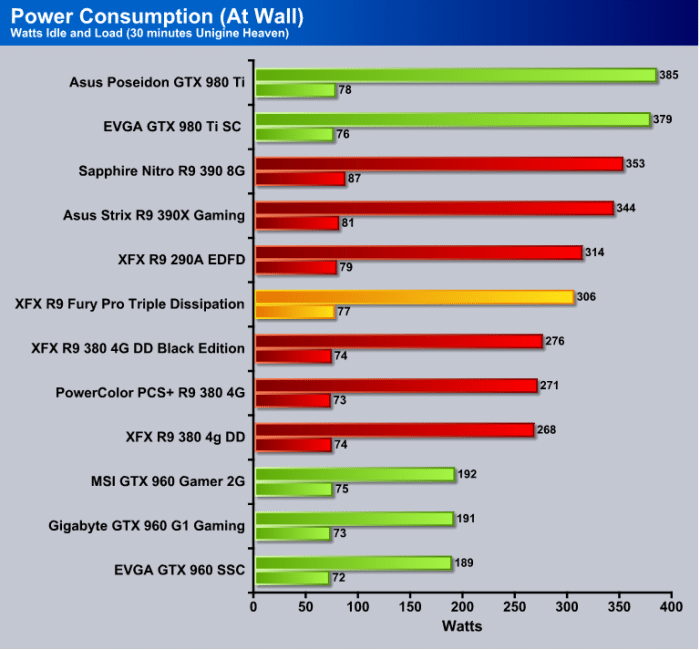

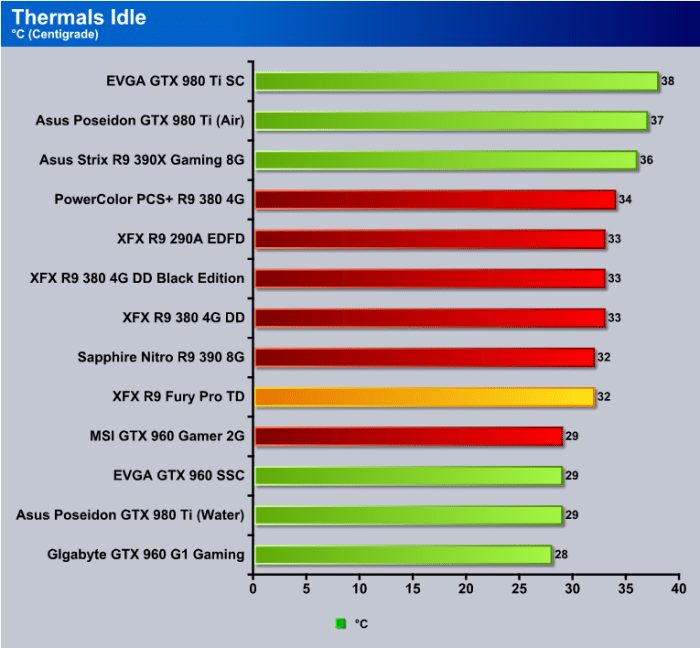
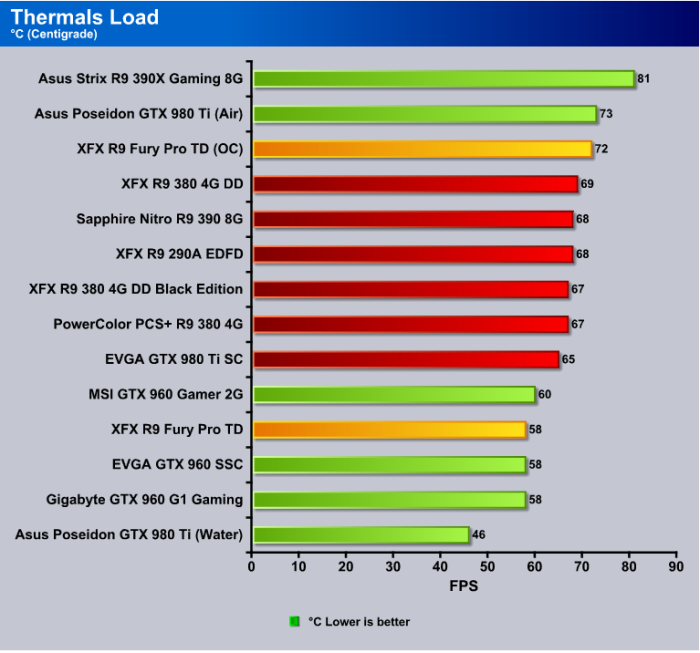


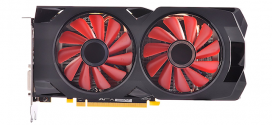


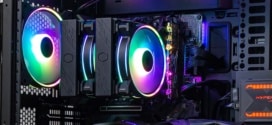


You’ve made an error and put the BF4 4K table in where the Far Cry 4 4K table should be. You’ve even written you paragraph below based on the wrong results!
Try proof reading.
Correction Made Thanks
After I originally commented I seem to have clicked the
-Notify me when new comments are added- checkbox and from now on whenever a comment is
added I get four emails with the same comment.
Is there an easy method you are able to remove me from that service?
Thanks a lot!
Hi Mark. I would like to see this result again with the XFX Fury card but this time in Ultra Wide monitor. Like 3440×1440 to as high as 3800×1600 21:9 to put that bandwidth to the tests. I strongly suggesting 1000’s series added to the test with the former 900’s Nvdia card just for fairs comparison as the driver relive update make the older same architect chip perform better. It only a outdated model but would it be fair those who brought the HD 7000’s, R9 200x Hawaii, R9 300x Refresh, and the Fury Nano card hold today in future investment and the 290x being the best investment card of the series in my opinion. With or without the Nvdia 1000’s or AMD 400’s is up to you.